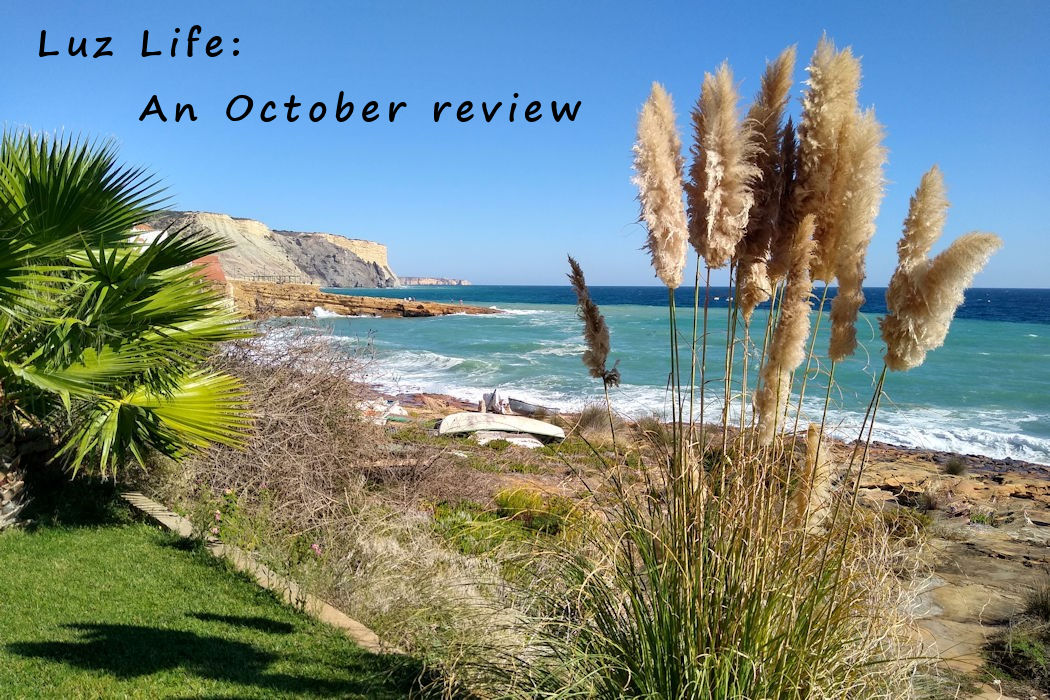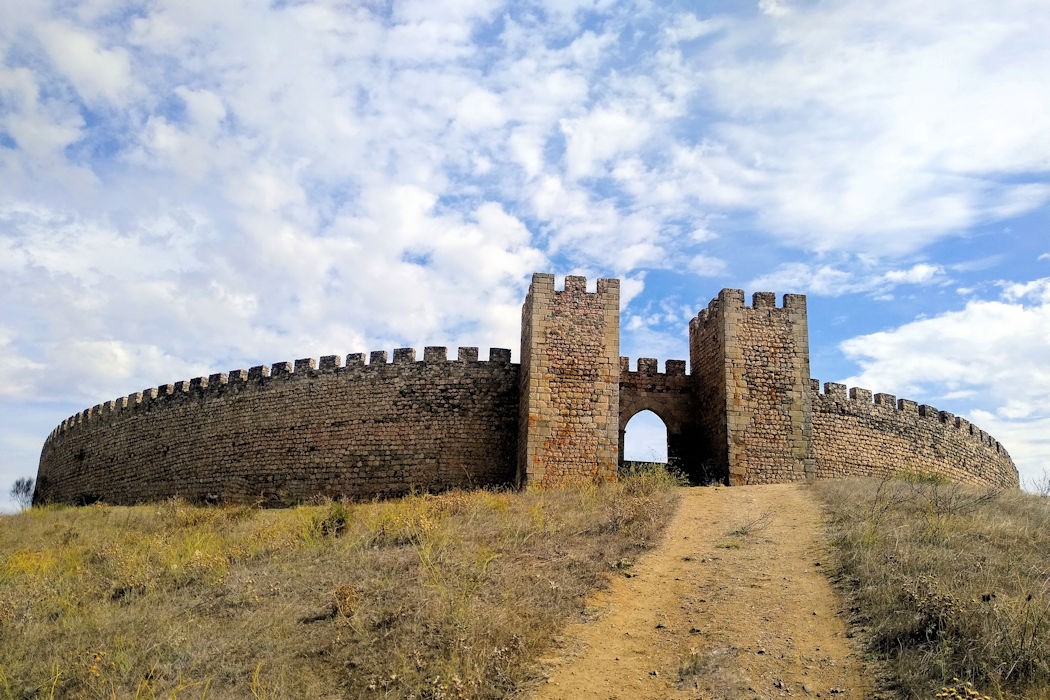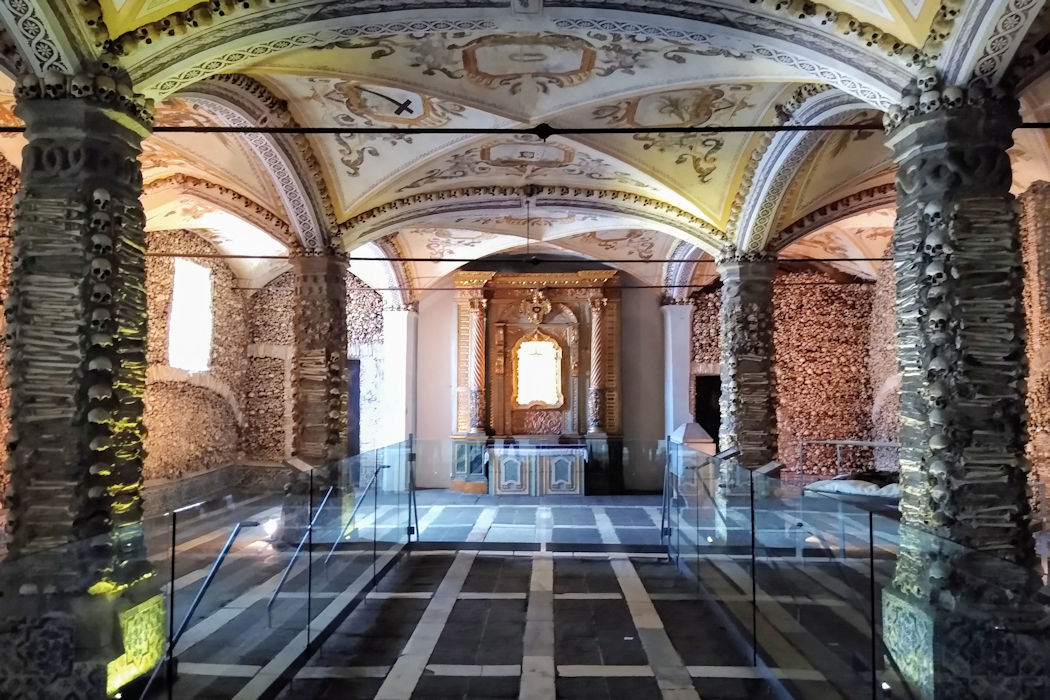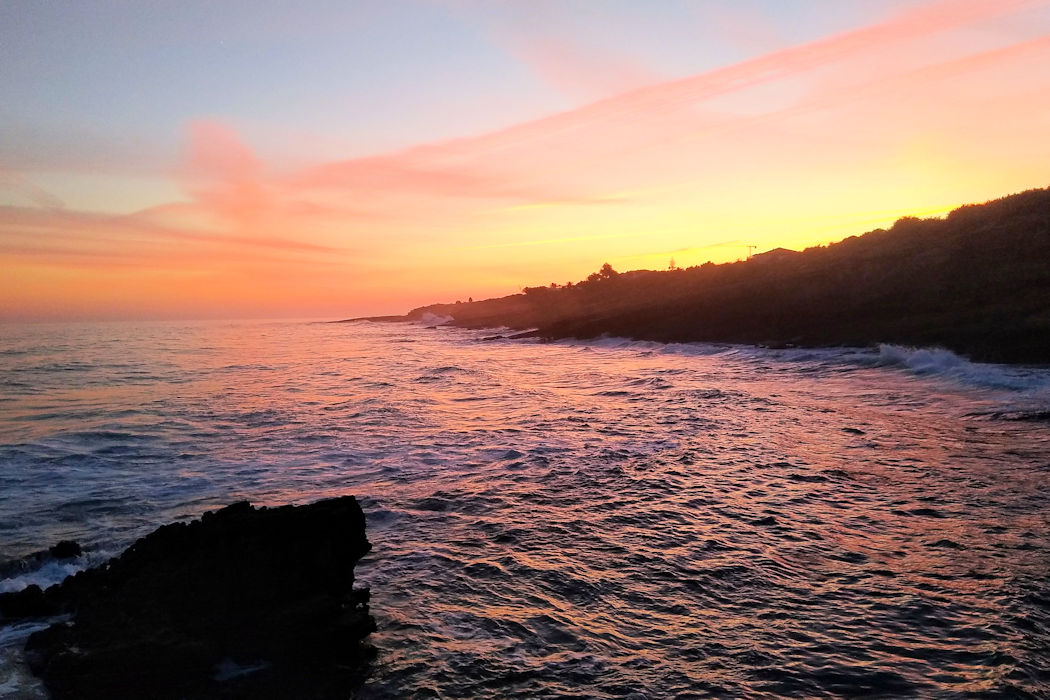
A brief recap: Since arriving at Ocean Villas Luz in August 2020, our resident writer David Lugg has been experiencing all aspects of Luz Life. This is his October 2021 review:
Goodbye Algarve and Hello Alentejo. Well, not permanently, just for a long weekend. But after a busy summer, I felt that I deserved a mini-holiday and set off northwards to the neighbouring region to explore some of the highlights.
Alentejo is the largest of the seven regions of Portugal (five on the mainland plus Madeira and the Azores) covering almost 30% of the nation’s land mass. Conversely, the population is just over 500,000 which only equates to around 5%. Alentejo, it seems, would be a world away from the vibrant Algarvian summer that I had just experienced.

I set off on a Friday evening in the warm glow of the slowly setting sun. By the time I had crossed the border, darkness had fallen – but it was a level of darkness I was not expecting. The national road towards the city of Beja has no street lights, no cats-eyes and, as it turned out, very few cars heading north from the Algarve. If it wasn’t for the twinkle of the stars and a slither of the moon, there would have been no illumination other than from my headlights.
Upon my eventual arrival, any lingering doubts about my holiday destination rapidly dispersed even before I had time to park the car. Most tourists understandably gravitate to the eye-pleasing 13th century Castelo de Beja which adequately fulfils most ideas of what a castle should look like.
But for me, the lure of the city lay in its covert cafes and tucked-away taverns, disguised down dimly-lit alleys like a series of esoteric speakeasies. I wasn’t entirely sure if I had stepped back in time or if Beja had just not moved forward.

What the city lacks in street lights (I’m not sure if this is good or bad), it certainly makes up for in character, though in a thoroughly understated way – which is certainly not the way I would describe Évora, the second city on my Alentejo trip. Deservedly classified as a ‘UNESCO World Heritage’ site, the city is brimming with life and is the obvious choice to be the capital of the region.

Évora is a living, breathing museum of the ages. Its centrepiece is probably the Roman Temple constructed around the first century. It is also home to the Capela dos Ossos, a chapel made from the bones of around 5000 corpses. It is as bizarre as it is unnerving.
Connecting the city to a nearby river and lake is a magnificent aqueduct that is testament to 16th century engineering and was one of the nation’s most expensive constructions at that time. It originally covered an enormous 18 kilometres.

Reluctantly, as my mini-holiday drew to a close, I drove back through kilometre after kilometre of rolling Alentejan hills and attempted to digest everything I have seen. At its best, Alentejo is breathtaking and has echoes of Umbria with its castle-adorned hilltop villages copied straight from a child’s drawing (such as at Arraiolos). And it’s so quiet! Outside of the towns, there’s no one around – just hills and sheep and cows, occasionally interspersed with blankets of vineyards.
As I crossed over the Algarve border and made my way back towards Praia da Luz, I felt a reassurance about my adopted home. On the month that the Algarve was once again voted ‘Europe’s Leading Beach Destination’ I am happy to say ‘Thank you Alentejo – you were lovely. Hello Algarve – it’s a pleasure to be back’.
More news next month.
David Lugg
#oceanvillasluz
(All photo images owned by David Lugg)
